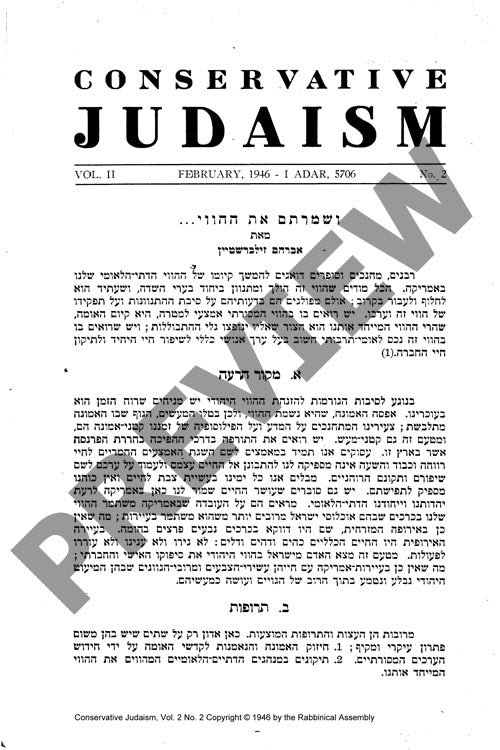Ushmartem Et He Havai
Couldn't load pickup availability
The preservation of traditional Jewish religious-national life in America stands at a critical crossroads, facing unprecedented challenges from modernization, assimilation, and shifting cultural values. Through comparative analysis of contemporary Jewish-American communities and historical Eastern European Jewish settlements, clear patterns emerge: traditional observance flourished in smaller, cohesive towns while deteriorating in urban centers where material success and gentile influence dominated. Primary factors driving this decline include diminished faith, prioritization of economic advancement, and the absorptive power of American urban culture on Jewish minorities. Two potential paths forward emerge from this analysis: reinvigorating faith and loyalty to national values through traditional principles, and carefully reforming religious-national customs to maintain Jewish distinctiveness. Individual action, particularly in Sabbath observance within families, proves more crucial than waiting for institutional intervention. However, both approaches face significant obstacles - traditional renewal advocates struggle with systematic teaching dissemination, while reformers confront questions of religious authority and legitimacy. The evidence suggests that meaningful preservation of Jewish religious life ultimately depends on individual commitment to traditional practice, independent of broader community trends, with each observant Jew serving as a crucial link in maintaining Jewish heritage and identity in America.

More Information
-
Physical Description
-
Publication Information
Published 1946
ISBN
-
Publication Credits
Avraham Zilberstein

